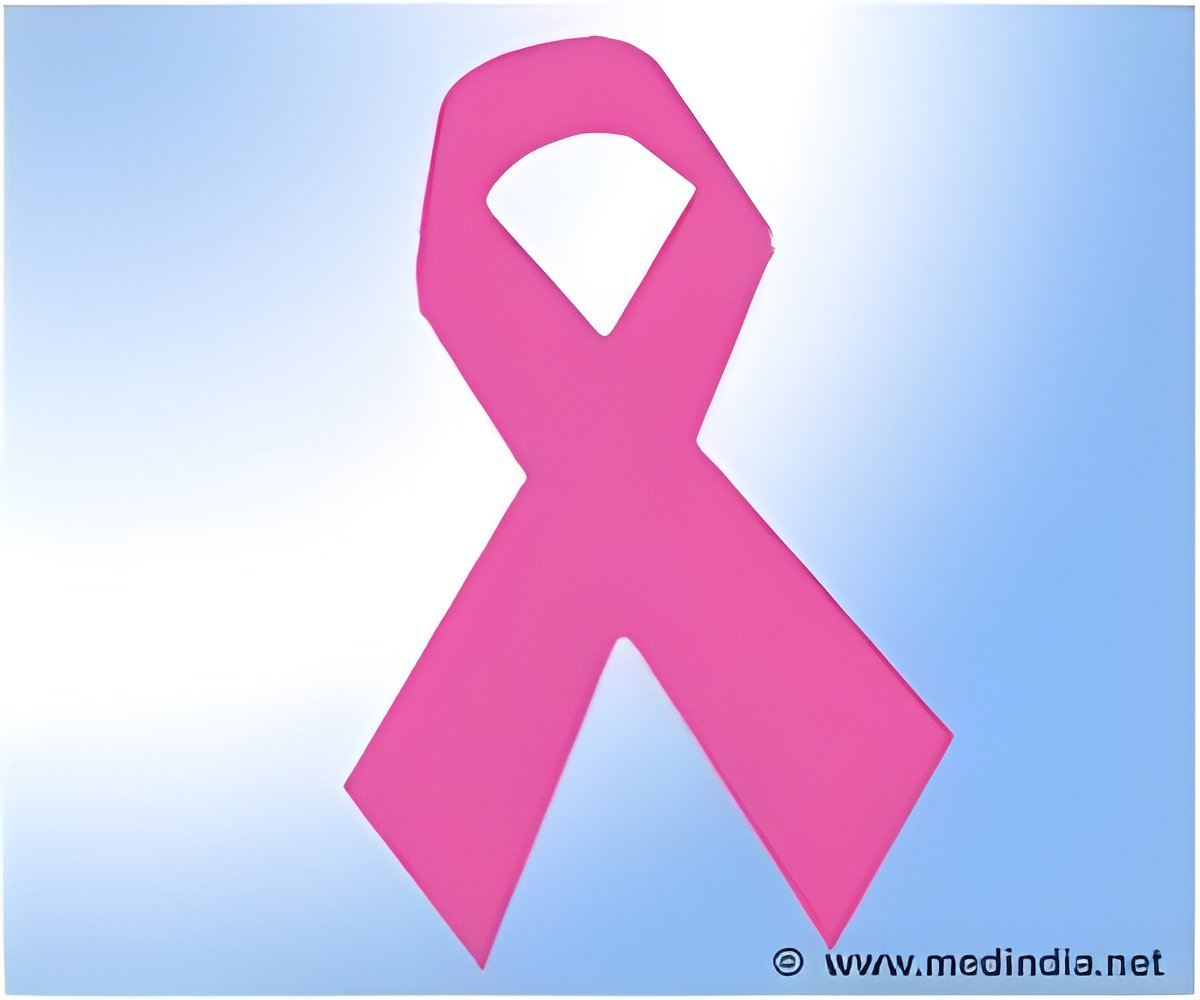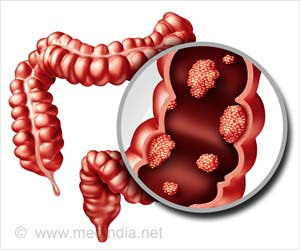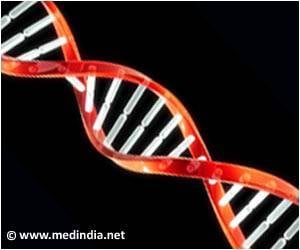A new study has revealed that the BI-RADS terminology used by radiologists to classify breast imaging results can help detect malignancy in breast lesions

BI-RADS, published by the American College of Radiology in collaboration with other healthcare organizations, is a quality assurance tool used to standardize reporting for breast imaging exams. The system, initially developed for mammography, was expanded in 2003 to include both MRI and ultrasound imaging of the breast. MRI breast screening exams are often performed on women at high-risk for breast cancer and on patients with newly diagnosed breast cancer.
Radiologists assign breast imaging studies a BI-RADS an assessment of zero to six based on their interpretation of the images and characterization of any lesions present.
The multicenter study was launched to evaluate the performance of BI-RADS for MRI of the breast and to identify the breast imaging features that were most predictive of cancer. Participants in the study included 969 women who had recently received a breast cancer diagnosis in one breast and underwent breast MRI on the other breast at one of 25 participating imaging sites.
The analysis of the MRI data revealed that a BI-RADS assessment of 5, defined as highly suggestive of malignancy, and the identification of a mass—a three-dimensional grouping of abnormal cells—were most predictive of cancer.
A BI-RADS score of 5 was assigned to 14 women in the study. Eleven of the 14 women had follow-up imaging, and cancer was identified in 10 of them for a positive predictive value of 71 percent. A BI-RADS score of 4, defined as 'suspicious abnormality, biopsy should be considered,' was assigned to 83 women, 67 of whom had follow-up imaging identifying 17 cancers for a 20 percent positive predictive value.
Advertisement
"MRI is a very important tool in evaluating breast health in women," Dr. Mahoney said. "However, there is still wide variability in how the exam is performed and a lack of standardization in test protocols that make it hard to compare results."
Advertisement
"MRI is a great tool now and it will get even better the more we work at it," Dr. Mahoney said.
Source-Eurekalert














